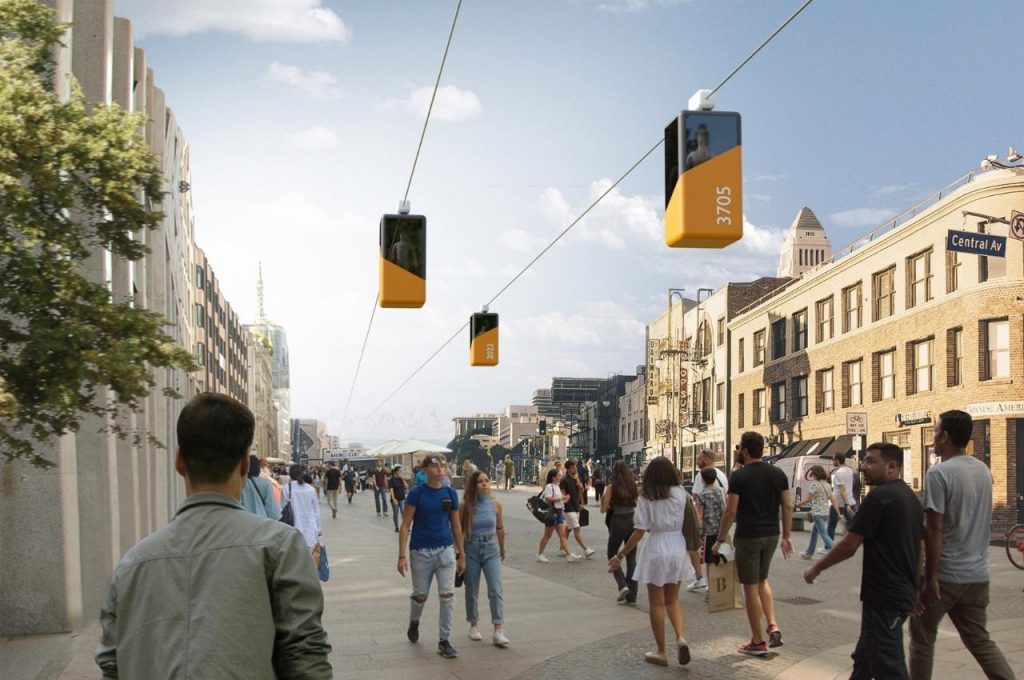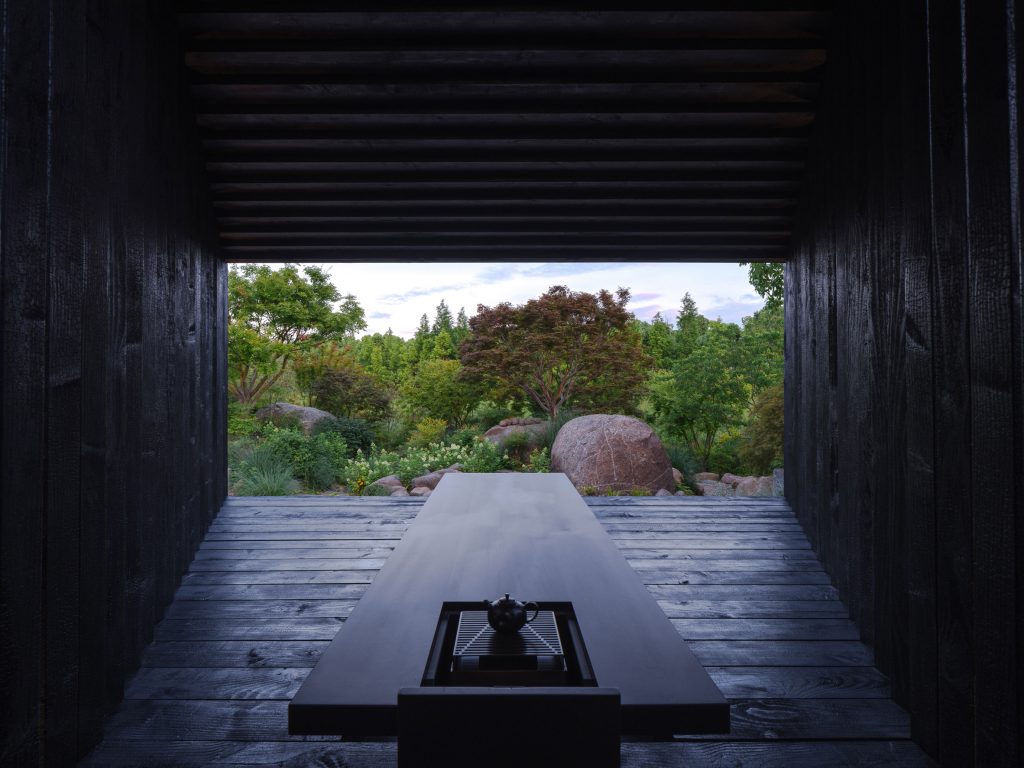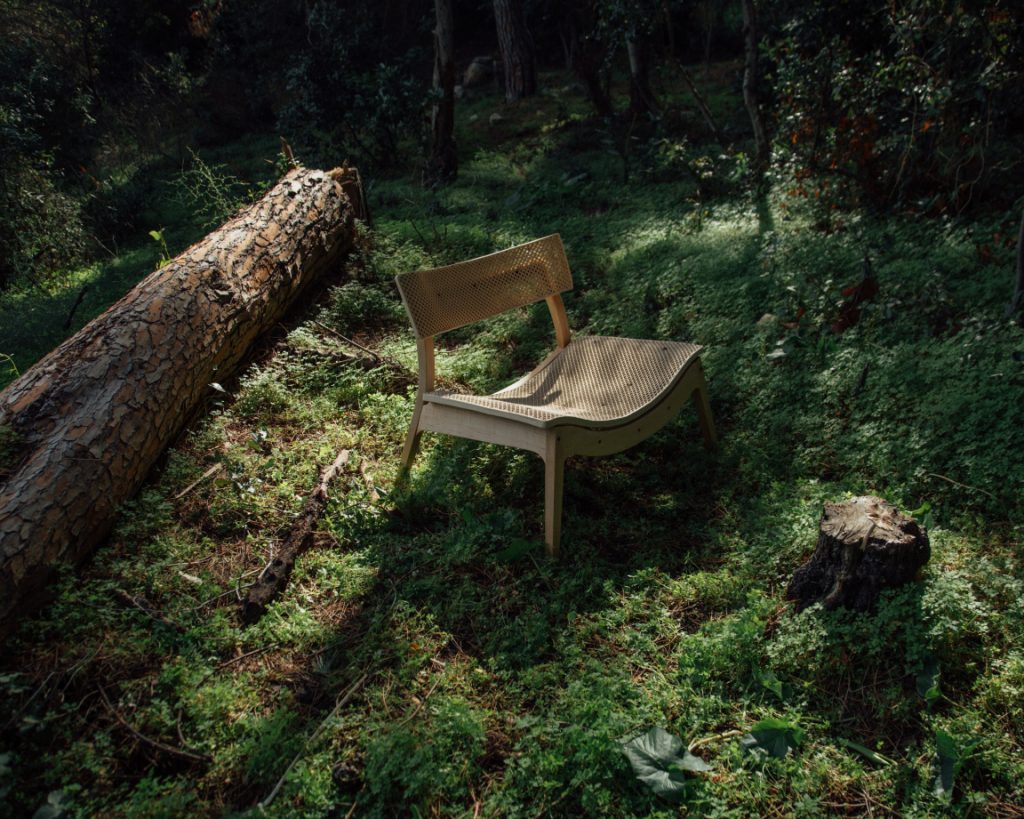Public transportation has always been a reflection of society’s progress—mirroring advancements in technology, urban development, and environmental awareness. From horse-drawn carriages to electric trams, each era has brought fresh solutions tailored to the changing needs of cities and their inhabitants. Today, as urban populations swell and climate concerns intensify, the focus is shifting towards smarter, greener, and more adaptable transit systems. Designers and innovators are reimagining public transportation not just as a means to get from point A to point B, but as dynamic, sustainable ecosystems that blend cutting-edge technology with thoughtful, human-centered design.







